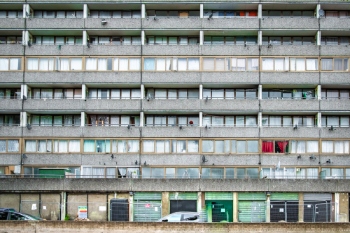
Progress on levelling up in England has been ‘glacial’ and – according to some metrics – inequality has got worse, a new analysis by the Institute for Fiscal Studies (IFS) has revealed.
A report by IFS researchers found there is a 21-percentage-point gap in the average employment rate between the best- and worst-performing tenth of local authority areas in the UK – the widest it has been since 2005.
Funded by abrdn Financial Fairness Trust and the Nuffield Foundation, the research discovered the share of pupils meeting the expected standards at the end of primary school has fallen from 65% in 2018–19 to 60% in June 2023. The number of further education and skills courses completed fell by 14% during this period.
The gap between the use of public transport in London (39% of journeys) and in the rest of England (7% of journeys) is also at its second-widest level since 2002–03, according to the study.
The IFS identified some positive developments. There has been progress, for example, on digital connectivity. Between April 2023 and January 2024, the share of premises outside London covered by 5G rose from 67% to 78%.
The think tank also cited the devolution deals in the East Midlands, the North East, and York and North Yorkshire.
Christine Farquharson, an Associate Director at IFS and an author of the report, said: ‘The February 2022 Levelling Up White Paper was a substantial piece of careful thinking about the challenges of reducing regional inequalities in the UK, and should heavily inform the thinking of any future government interested in reducing inequalities between places. But on many of the metrics that the White Paper sets out, progress towards levelling up has been glacial.’













